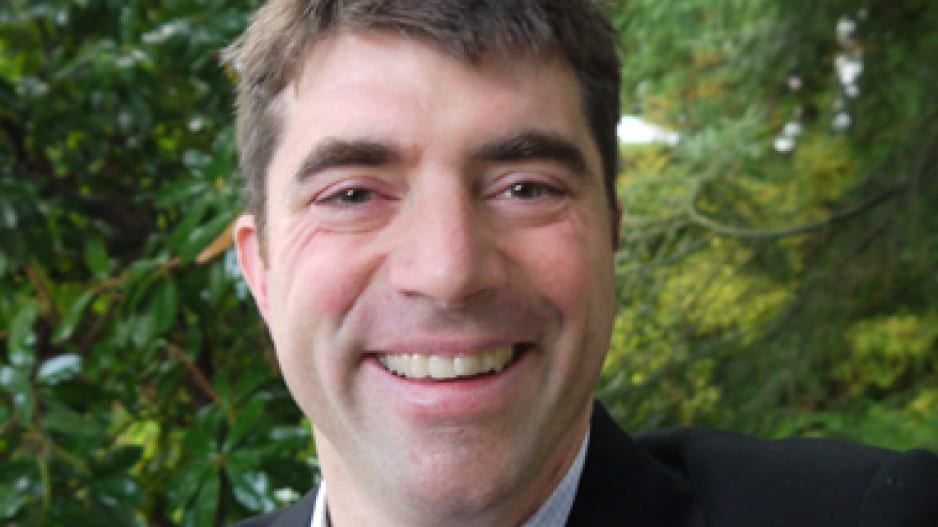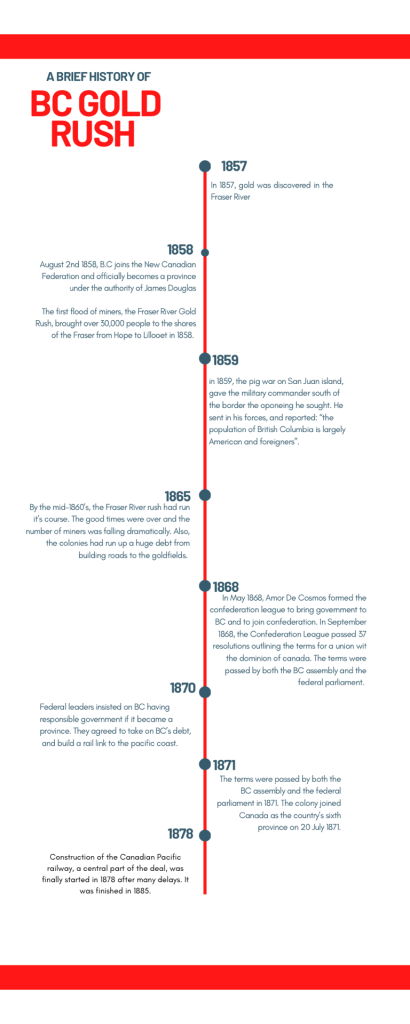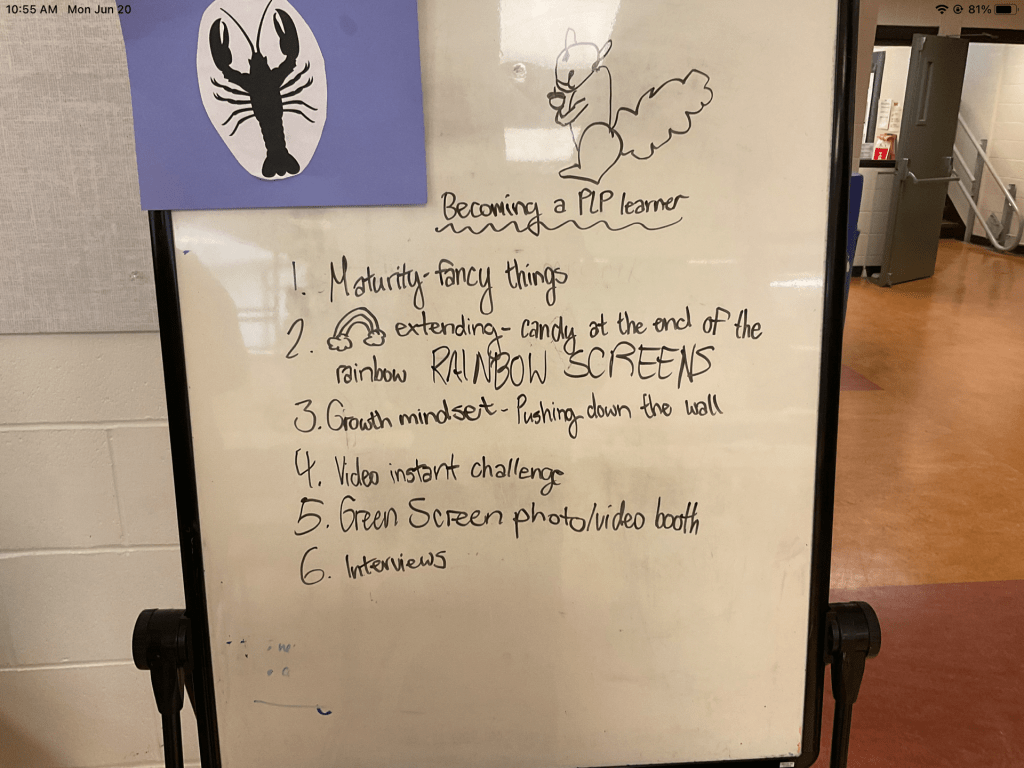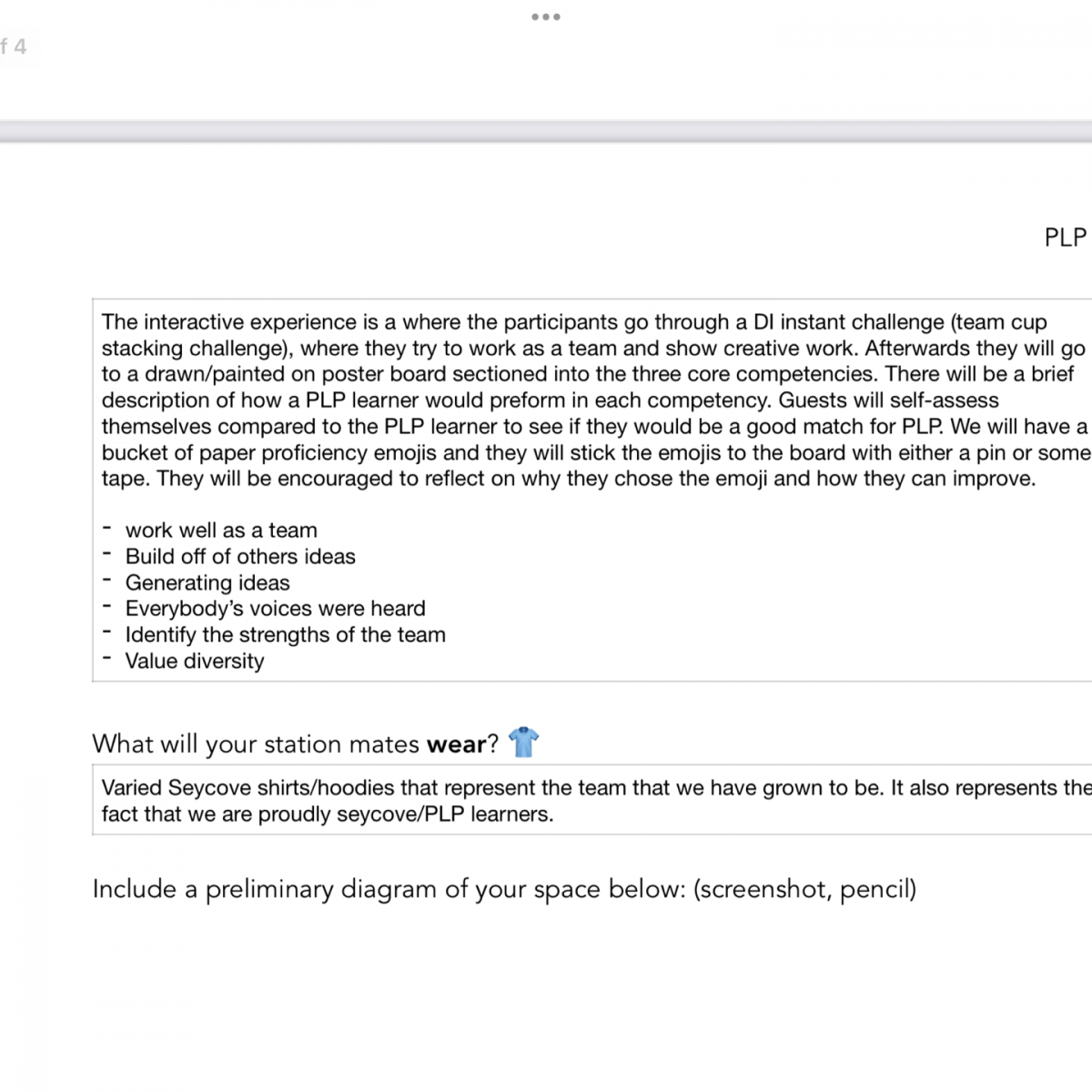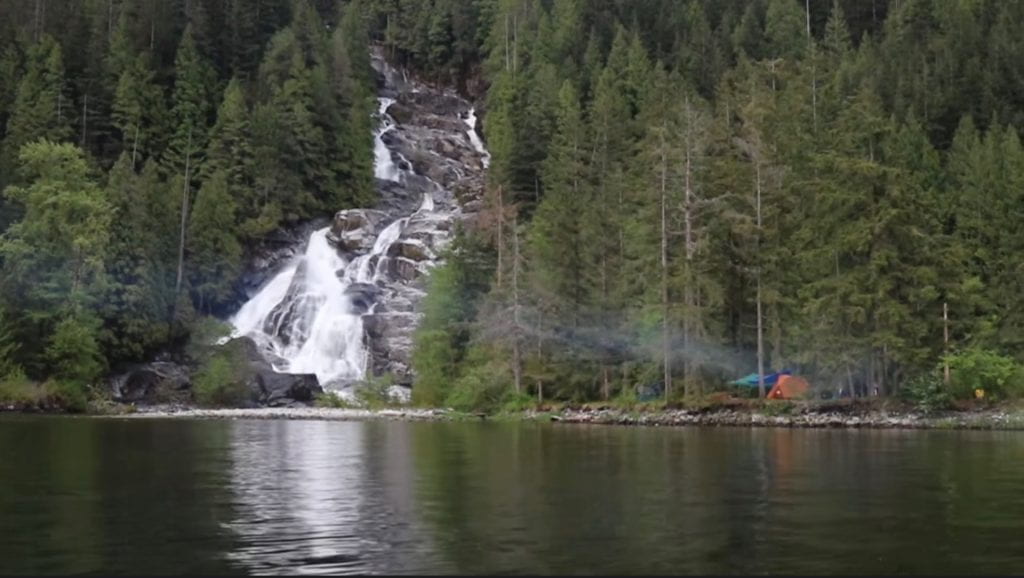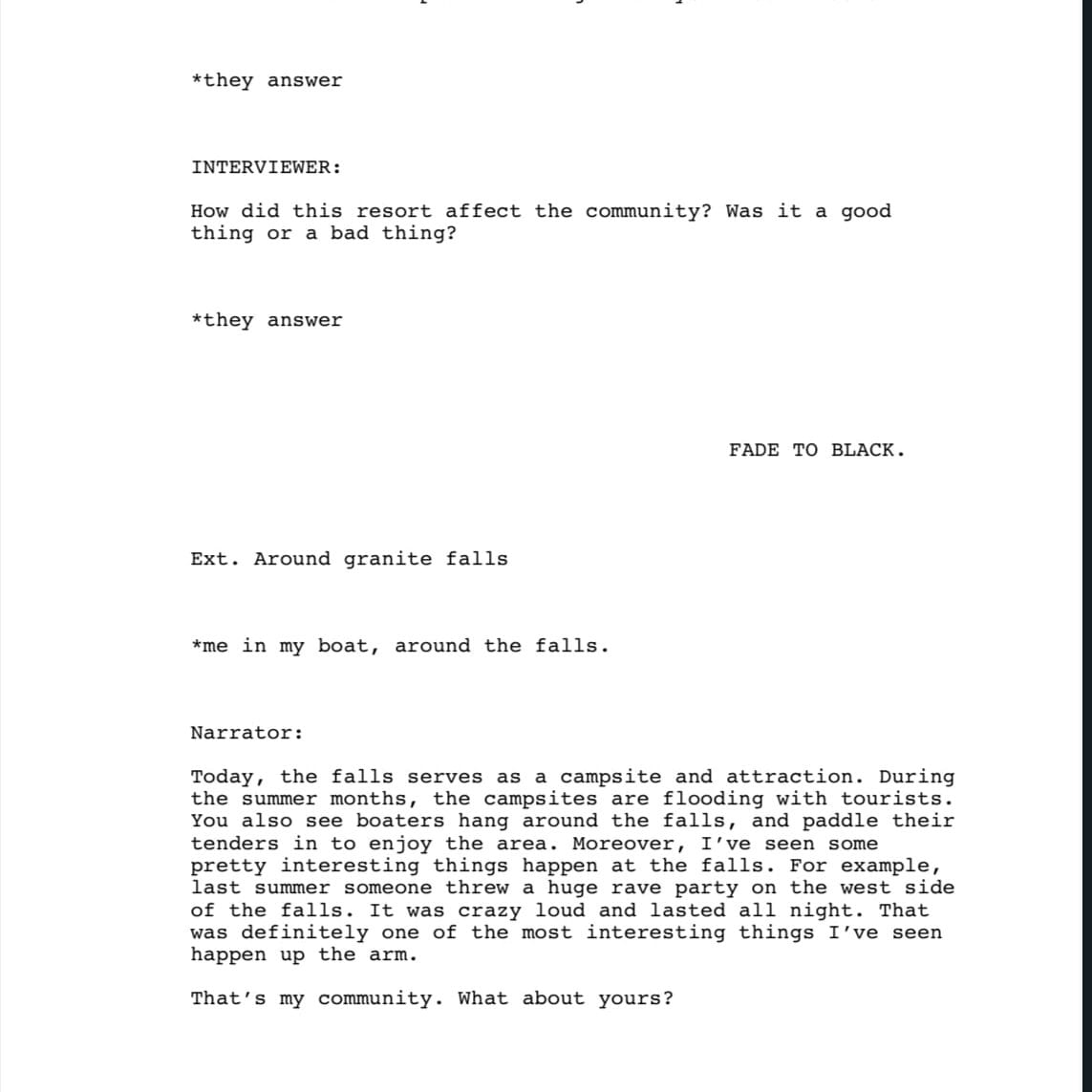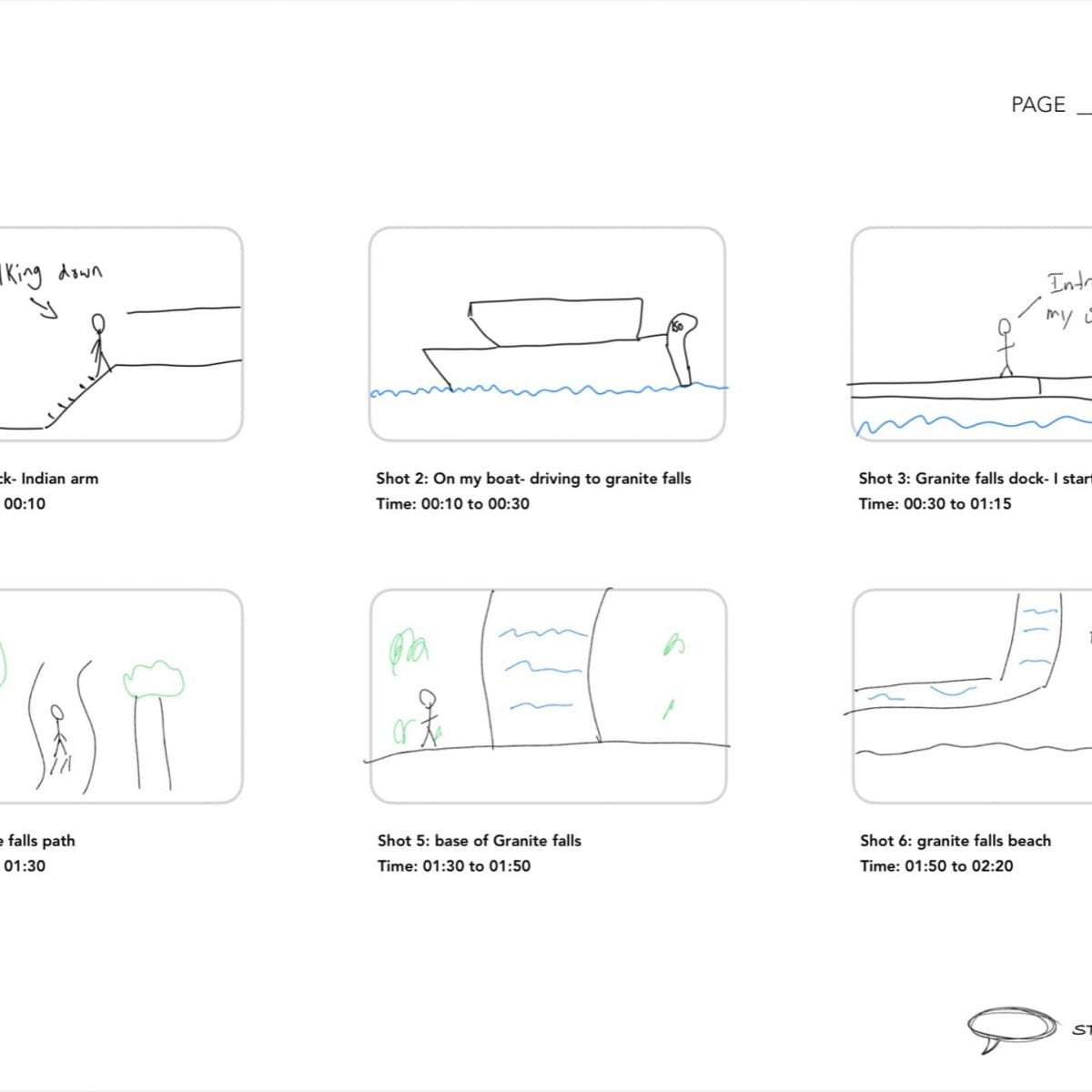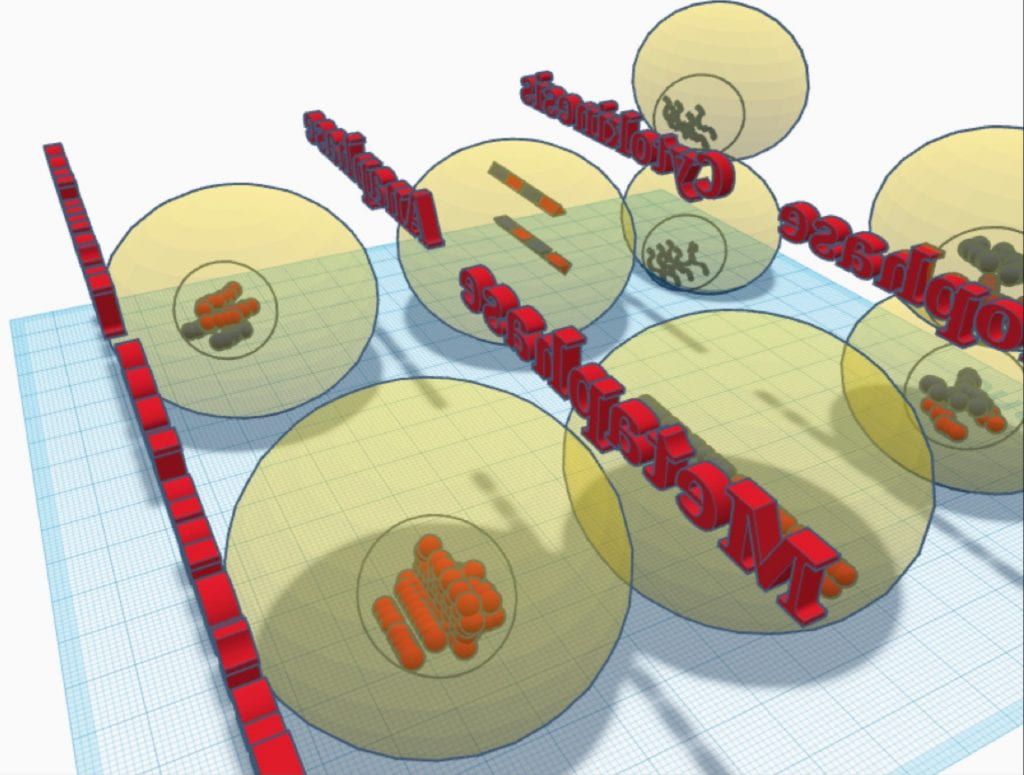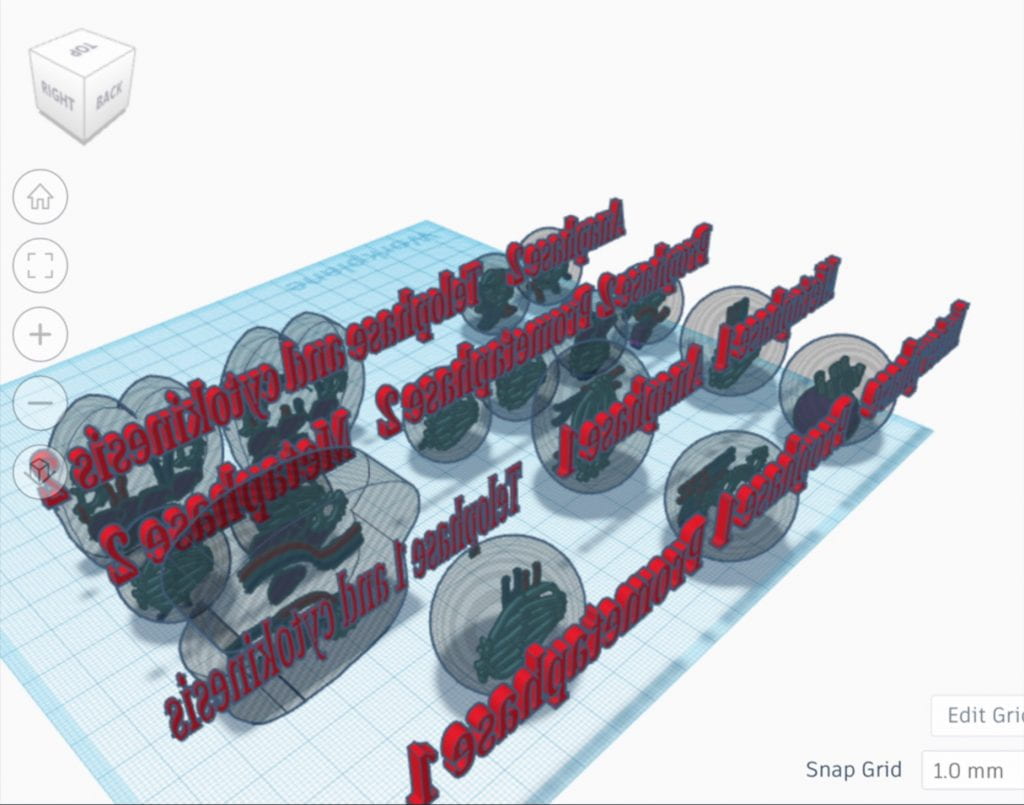Hello teachers and parents, and welcome to my MPOL! This year has come with new opportunities, and new experiences, including our first out of country field study!
(Introduce parents to teacher)
“Thank you for coming to my presentation of learning. I am the expert on my own learning. I am also responsible and accountable for my own learning. You can expect me to give an honest evaluation of my progress. We will discuss my strengths and opportunities for growth. Thank you in advance for listening and for offering feedback that I can use to improve as a learner.”
First, I’m going to answer the driving questions. “How have I demonstrated growth as a learner so far this year?” I’ve shown growth by pushing my comfort zone, and becoming more confident in my abilities. For example, in the “trust fall” activity at loon lake, I was doubting myself at first, but at the end, I had full confidence in myself and my peers.
“How can I sharpen my Learning Plan to ensure I will reach my learning targets by the end of this school year?” I can do that by reviewing and updating it, to make sure I’m doing what’s best for my learning. Also, by setting goals that are attainable by the end of this school year.
Now, I’m going to talk about my growth in humanities:
In humanities, we’ve completed 3 projects, ”GOLD”, which was about the gold rush in BC during the early 19th century. And “Ology of apology”, which was about different instances of mistreatment in BC, and how Canada has apologized for those actions. And of course our most recent project, “Romeo, Romeo, are we still talking about Romeo?” In which we recreated a scene from the play, with modern aspects….
My strengths in Humanities are being a leader in group settings, and assigning roles to others. Also, I’m good at communicating my thoughts and opinions to peers and teachers. I’ve show these traits in the “ology of apology” project, by voicing my opinions on what our memorial should be. Furthermore, I’m able to manage a lot of things at the same time. For example, different objectives, and being able to plan out my time effectively.
Things that I want to work on are story-writing and storytelling. Earlier in the year, during the “GOLD’ project, we were tasked with creating a story about the BC gold rush. And at first I was pretty puzzled, and didn’t know where to start. I sook help, by asking my sister for pointers, and she critiqued my existing work. In all, that was a good experience, and I benefitted from that immensely. As the year continues, I want to build upon that skill, and enhance my learning.
One change I have made so far this year, is my mindset on projects. In past years, I’ve had negative opinions on projects, and had a “closed mindset”. This year my goal is to become more opened minded, and be able to put myself out there, by learning about new topics.
My work throughout the year so far has showed that I like to be different, by creating things that others don’t. For example, in the winter exhibition, my group and I created a video as opposed to creating a physical mural, which most groups did. I found that our video held a deeper meaning, and explained further the idea of our room.
Now I’m going to talk about Field studies:
So far this year, we’ve been to loon lake for a learning advance. This experience centred around leadership, and working in groups. It was a rollercoaster of a ride, in which I learned about myself, and the PLP 10 team. During this excursion, I learned many interesting things; to not take juice for granted, and that people have more layers than you think. During the infamous “crossing the line” activity, I learned about my peers, and more about myself in the process.
Looking forward, in the next month we have our first-ever out-of country field study, which will be at Disneyworld. I’m very excited to see what the learning will look like , and for all the exciting features, its Disneyworld!
Next, I’m going to reference my learning plan.
A part of my disposition is time management, and finding the time to finish certain tasks. Also, consistency, meaning in my PLP work, and being able to always meet the due date.
For my habits, I reference staying on task, and not getting distracted by outside sources. And asking for help, from peers or teachers.
To summarize, this year has been filled with good learning experiences, and opportunities for growth. My goals for next semester are to improve my writing, and ability to tell stories. I can do this by writing more, and regularly getting critique from others. Also, I want to have a better and more positive attitude in every activity/project we do. I can accomplish this by referring to the 7 habits from last year, and by looking at things with new perspectives.
Thanks for watching my MPOL!
Now I ask you, the audience, is there anything that I should focus on more, or that wasn’t;t mentioned in my presentation?
